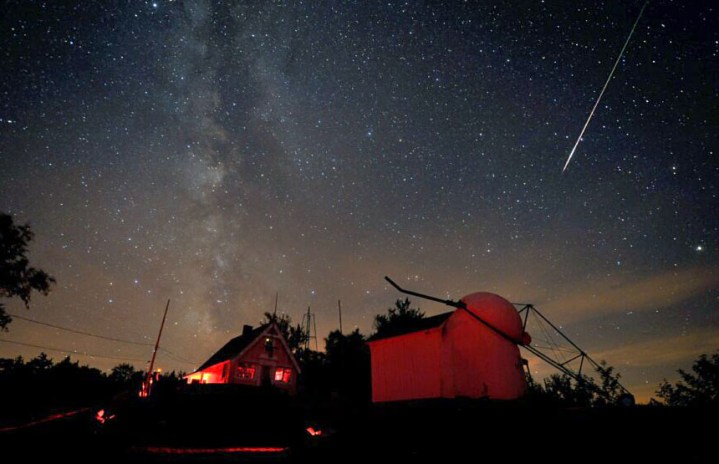This weekend sees the opportunity to catch the best meteor shower of the year, the Perseids, as the Earth passes through a cloud of debris from a comet called Swift–Tuttle. If you fancy doing a bit of stargazing then the evening of Saturday, August 12 is the perfect time to catch the meteor shower. Though if you don’t fancy heading out or if you live somewhere with limited visibility of the sky then there will also be the chance to observe the shower from the comfort of your home thanks to an online livestream of the event.
Meteor showers are the result of tiny particles passing through Earth’s atmosphere and creating streaks across the sky. These showers of many meteors happen at set times each year as they occur when the Earth passes through a particular point in its orbit of the sun. In the case of the Perseids, named as they appear to come from the direction of the constellation Perseus, they occur when the Earth moves through a patch of debris left by an orbiting comet.
What to expect from the Perseid meteor shower

This year’s shower promises to be a good one, thanks to the warm summer evening and a waning crescent moon which shouldn’t interfere too much with visibility.
“People in the U.S. can reasonably expect to see around 40 Perseids in the hour just before dawn on the peak nights. That’s about one every couple of minutes, which is not bad,” said Bill Cooke, who leads NASA’s Meteoroid Environment Office, in a statement. “However, we are assuming you are out in the country, well away from cities and suburbs.”
As Cooke mentions, the amount of light pollution in your area will have a significant effect on how many meteors you are able to see. For the best views, you want to find a dark location far away from cities or other sources of light. You also want to avoid looking at anything bright like a phone screen while you wait, as this can affect your night vision which hampers your ability to see meteors.

Sky & Telescope magazine has this helpful guide on where in the sky you should look for the best view of the shower.
How to watch the Perseid meteor shower online
If finding a safe, warm, and sufficiently dark place to observe the shower would be difficult for you, then another option is to enjoy the shower via a live stream. The Virtual Telescope Project will show a view of the skies as seen from its facility in Manciano, Italy, which you can watch using the video below:
Coverage begins at 9:30 p.m. ET (6:30 p.m. PT) on Saturday, August 12.
Editors' Recommendations
- How to safely watch April’s total solar eclipse, in person or online
- How to watch SpaceX launch the third flight of its Starship rocket on Thursday
- How to watch SpaceX Crew-7 return to Earth this week
- How to watch SpaceX Crew-8 launch to the space station tonight
- How to watch NASA and SpaceX launch a private lunar lander mission this week




